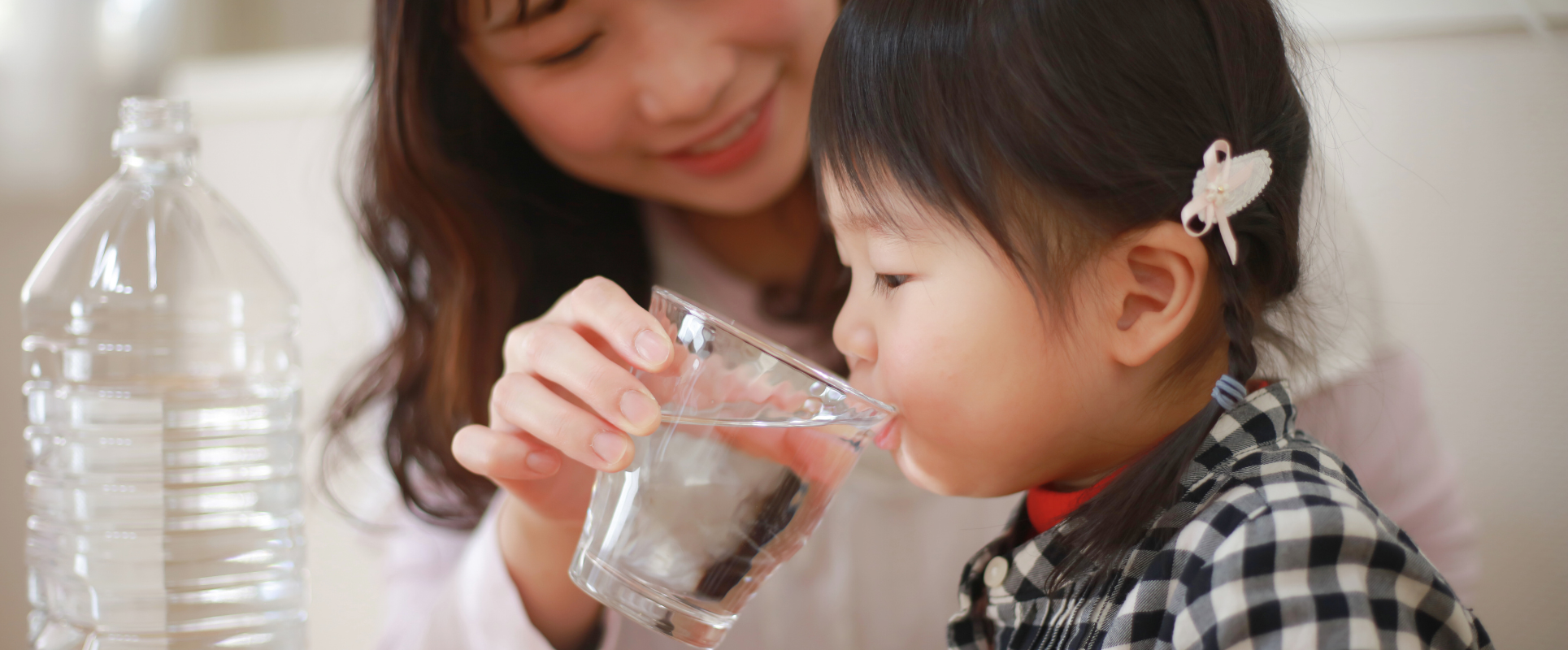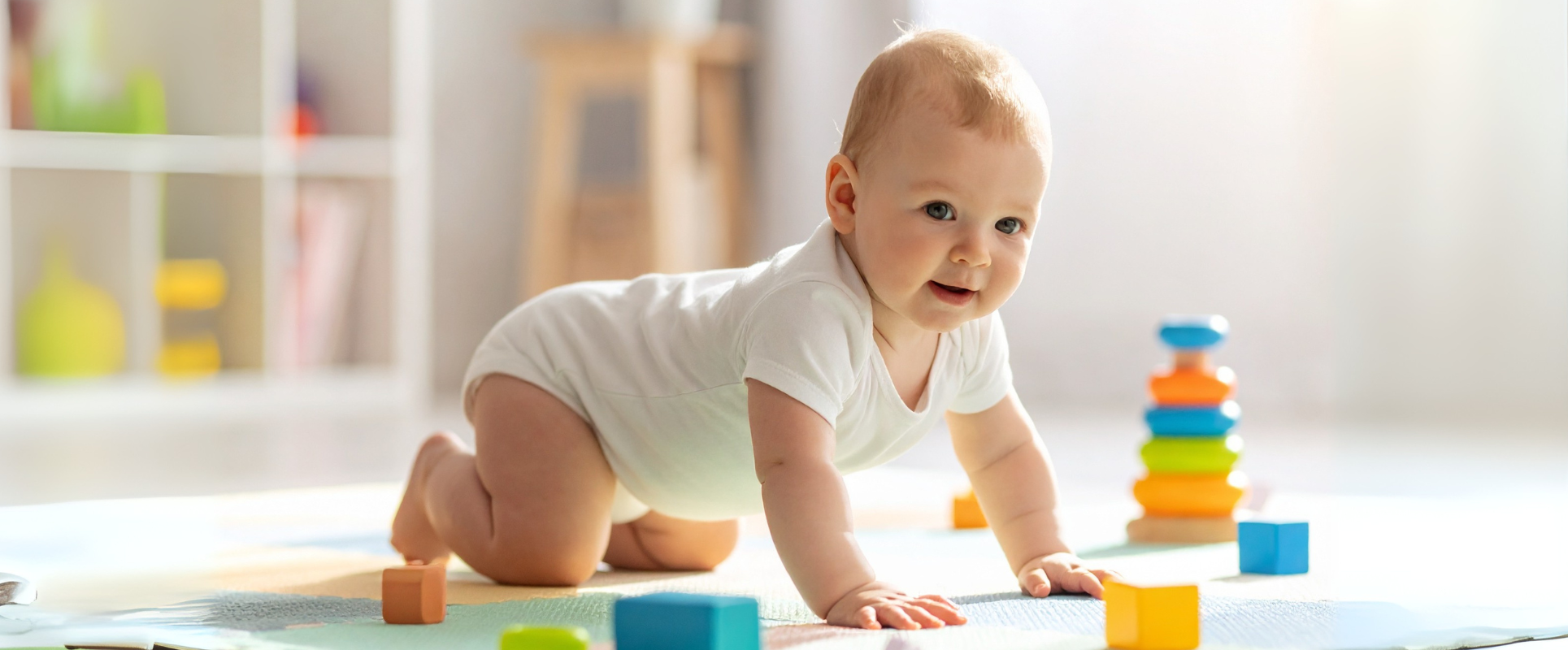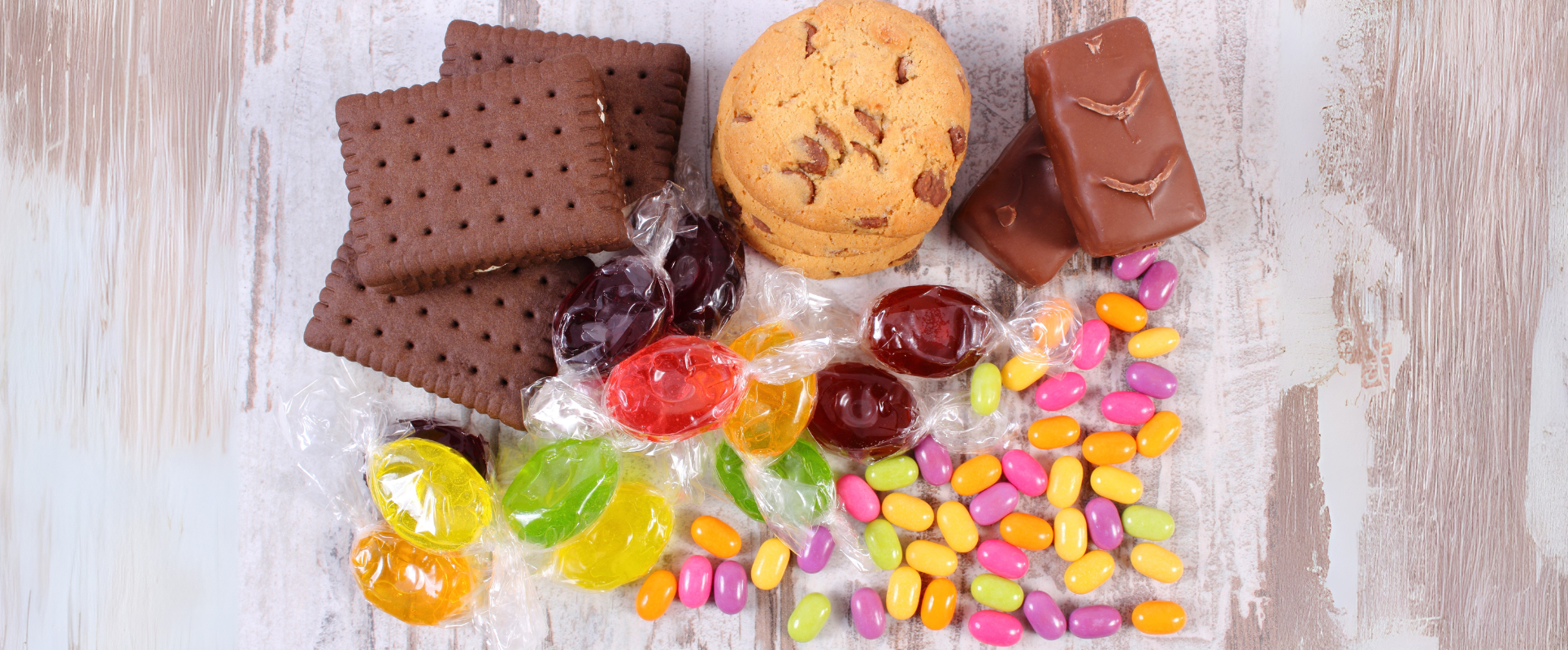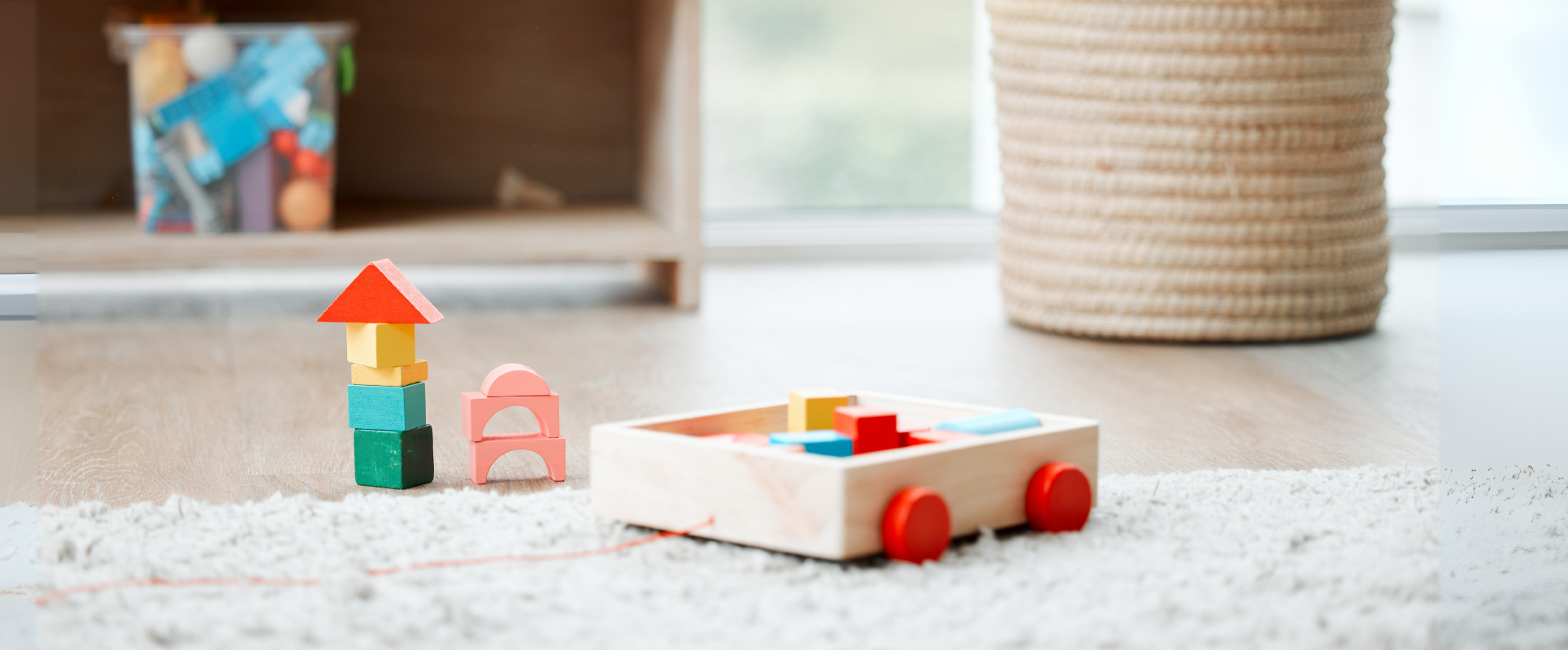
Guide to Waste Sorting & Teaching Kids Environmental Stewardship
When a child proudly tosses a bottle into the right recycling bin, it’s more than just a small action—it’s a lesson in love for the Earth. Teaching children how to sort waste and care for the environment shapes lifelong habits, supports public health and helps protect our planet. By making waste sorting visible, fun and part of daily life, families and schools can nurture environmental stewardship that lasts for generations.
This guide explains why waste sorting matters, what categories to know and how to educate children through playful, practical and meaningful strategies.
Why Waste Sorting & Environmental Education Matters
-
Environmental Protection 🌱: Proper waste sorting reduces landfill overflow, cuts pollution, lowers greenhouse gases (like methane from food waste) and conserves natural resources.
-
Health & Safety 🧼: Poor waste management can contaminate water and soil, attract pests and spread disease. Keeping hazardous items out of regular trash protects children’s health.
-
Lifelong Habits 🌍: Children are especially receptive to behavior patterns. Early lessons in recycling, composting and responsible consumption encourage lifelong environmental awareness.
-
Community & Global Impact 🤝: One family sorting at home makes a difference, but when many households and schools adopt these habits, whole communities move toward sustainability.
Key Categories of Waste Sorting
| Waste Type | What It Includes | Why It Matters |
|---|---|---|
| Recyclables | Paper, cardboard, clean bottles, cans, certain plastics (check local recycling codes) | Reprocessed into new materials, saving energy and raw resources |
| Organic / Compostable | Fruit and vegetable scraps, coffee grounds, tea bags, yard waste | Composting turns waste into nutrient-rich soil and reduces methane in landfills |
| General / Landfill | Non-recyclable plastics, mixed wrappers, ceramics, diapers | Ends up in landfill or incineration; last resort disposal |
| Hazardous & E-waste | Batteries, paint, electronics, chemicals, expired medicines | Needs special handling—otherwise leaks toxins |
| Special Local Categories | Textiles, light bulbs, cooking oil, bulky items | Some municipalities provide drop-off or separate collection |
How to Educate Children About Waste Sorting
1. Lead by Example
Children copy what they see. Set up separate bins at home, clearly labeled with colors and pictures. Let kids watch you sort waste after meals or use reusable bags when shopping.
2. Make It Fun & Interactive
-
Sorting races: Who can put items into the correct bin fastest?
-
Art with recyclables: Turn cardboard into crafts or bottles into planters.
-
Color-coded bins and posters: Use visuals to help kids remember.
3. Teach Simple Rules (Based on Local Guidelines)
Show kids recycling symbols, explain composting rules, and take them to local recycling centers. Seeing the process in action makes it real.
4. Build Into Daily Routines
-
Kitchen clean-up → sort food scraps.
-
Lunch prep → use reusable bottles and containers.
-
After school → small composting tasks.
5. Connect to the Bigger Picture
Explain where trash goes: landfills, oceans, recycling plants. Use videos or books to illustrate the journey of waste and its impact on nature and climate change.
6. Empower Children
Give age-appropriate tasks:
-
Young kids → put paper in recycling.
-
Older kids → monitor compost or suggest eco-friendly swaps.
Celebrate their efforts—empowerment builds pride.
7. Reinforce Positively
Praise correct sorting and gently correct mistakes. Consistency and encouragement make habits stick.
Common Challenges & Solutions
| Challenge | Why It Happens | How to Overcome It |
|---|---|---|
| Confusion about recyclables | Different local rules, mixed packaging | Use local guides; label bins; keep a chart nearby |
| Lack of bins/facilities | Cost, space, no composting services | Start small (kitchen bin); DIY compost; use community facilities |
| Kids think it’s boring | Not engaging or fun | Make it playful: games, competitions, eco-projects |
| Unsafe disposal of hazardous waste | Lack of awareness, poor storage | Teach kids hazards; store separately; find drop-off points |
Long-Term Benefits
-
Lower waste management costs and pressure on landfills.
-
Cleaner air, water and soil for healthier communities.
-
Kids become advocates for sustainability at school and in society.
-
Enhances critical thinking, responsibility and environmental science learning.
-
Builds pride and connection with the community.
Practical Checklist: Start Today
- Audit your household waste: what goes where?
- Label or buy bins for recyclables, compost, landfill.
- Create a visual chart or play sorting games with kids.
- Build routines—composting, weekly recycling drop-offs.
- Read eco-themed books, watch videos, or visit recycling facilities.
- Expand: handle hazardous waste safely, involve neighbors or school.








